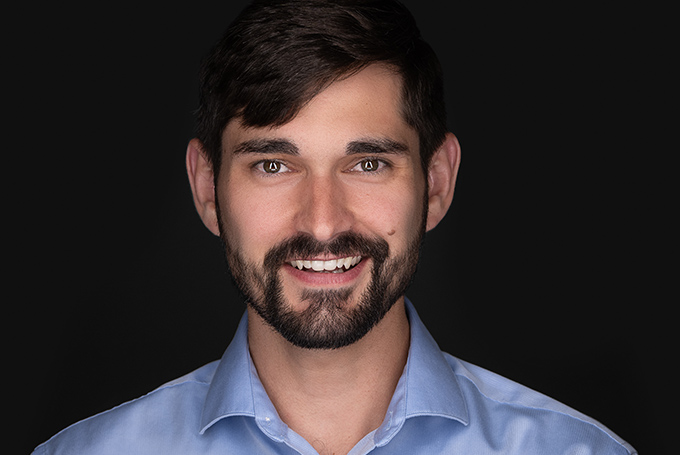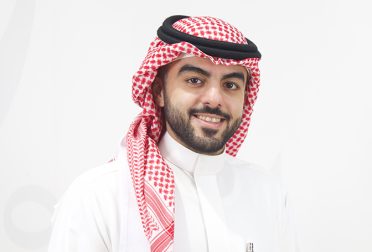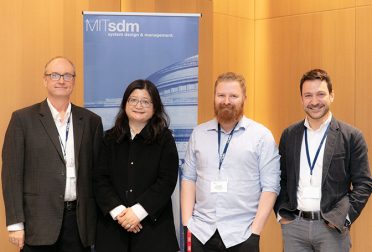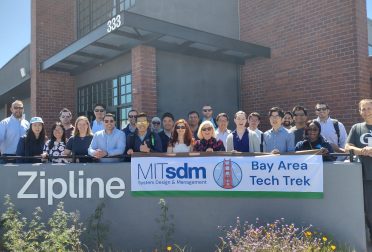Governments and companies, both large and small, are launching increasing numbers of satellites into space and promising vast amounts of information and data on various subjects. However, these satellites often have limited communication abilities. SpaceRake, a startup in the seed funding stage, hopes to solve this problem by offering the equivalent of WiFi routers that will enable faster and cheaper data transfers between satellites and to the ground. Jordan Wachs, SDM ’20, has found that his training in systems thinking has been invaluable in his time as SpaceRake’s director of business development.
The position on the six-member team requires a combination of engineering and management skills, working on both the science of the relays and their technology as well as the business plan and other elements. “In really technical companies, especially the startup world, you need technically competent and conversant management,” Jordan says. “They need to be able to work with and understand the constraints on their technical teams and how to address those constraints. It’s not usually in the purview of the technical teams to understand the business model, the market dynamics, or the firm itself.” The SDM core class, which takes a holistic approach to teaching socio-technical complexity, helped him visualize these connections between technical staff and the business side of companies.
Jordan had the opportunity to put the work he was doing in the core class into practice immediately in his previous roles at Draper, where he worked as a senior scientist and a program manager. He noted that the tools he learned in SDM are valuable in almost any field. For example, the design structure matrix was a simple and useful tool. “I started using those [matrices] immediately, and I continue using them, and I’ve expanded from just using them in a technical context to using them in visualizing the needs of the company overall.”
The education in systems thinking extended beyond SDM’s core class. Jordan’s thesis focused on the tradespace (the mapping of a set of possible outcomes based on relative values) of techniques for situational awareness in space that can be used by independently operating spacecraft. Via his thesis advisor Kerri Cahoy, an associate professor in MIT’s department of Aeronautics and Astronautics, Jordan has shared his research with the Jet Propulsion Laboratory (JPL) at NASA. Jordan noted that the core of the work shared with JPL stemmed from a course taught by Richard de Neufville, a professor at MIT’s Institute for Data, Systems and Society. Combining this technically grounded study with instruction in management skills and collaborating with students from other fields allowed Jordan to expand his perspective. “SDM allowed me to take a step back and look at the greater context in a way I couldn’t have envisioned myself doing a few years ago,” he says. “I was able to look for new perspectives and value from across these different areas and then reapply it to a field that I knew well.”
While Jordan has officially graduated from MIT, he remains connected to the community of researchers he found at the Institute. Jordan will be speaking on a panel at the upcoming MIT Sloan New Space Age Conference on the subject of Space Startups and SPACs. The conference is scheduled for March 17, 2023 at the Samberg Conference Center on MIT’s campus. For more information and registration, visit the conference website.




